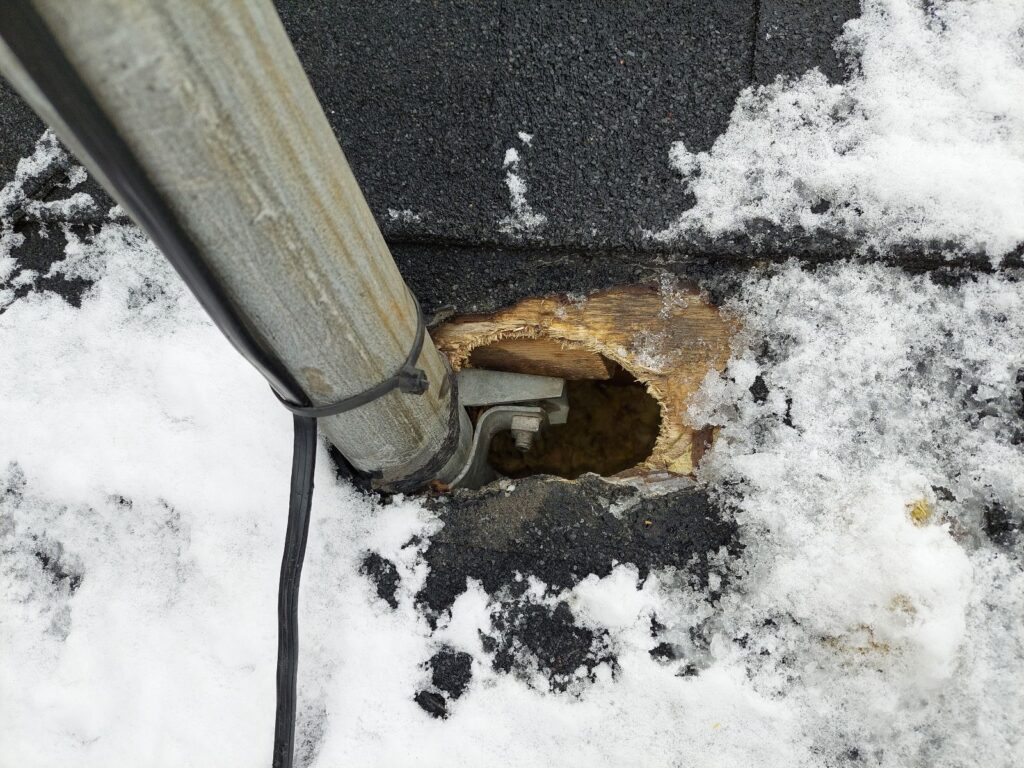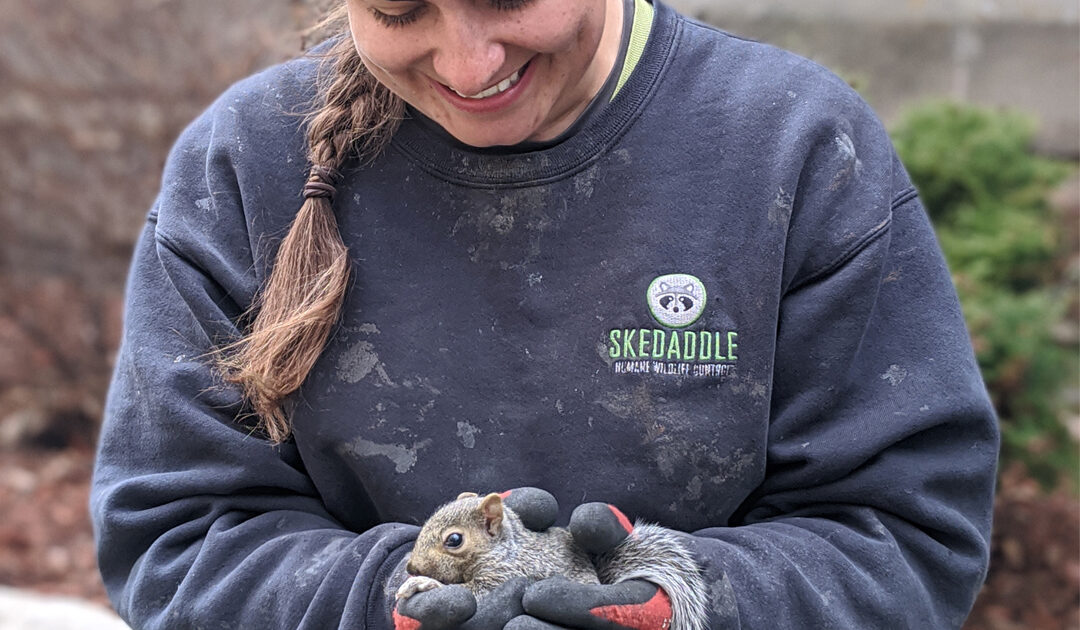Many calls to wildlife control services in Coquitlam are about squirrels. Squirrels may be small, and they may look cute and harmless, but they can be among the most destructive wild animals if they get into your home. The more quickly you have the squirrels removed, the less opportunity they have to cause costly property damage to your home.
How To Recognize Squirrel Damage to House and Garden
Your squirrel problem may start in your yard, especially if you have plants that provide food for squirrels. Nut trees are the most obvious, but squirrels also like fruits such as apples, plums, and figs. Furthermore, squirrels might nibble on vegetables in your garden, such as kale, spinach, and corn. If there is damage to your garden plants, it may be difficult to tell whether the culprit is a squirrel or another type of rodent. Squirrels are active during the day, while mice and rats forage at night. Therefore, if you keep a close watch on your g
arden, you may catch a squirrel in the act if it is responsible. Damage to fruit and nut trees is more likely to be caused by squirrels.
If you keep outdoor furniture on your porch, it may be susceptible to squirrel damage. Patio furniture made of hard materials, such as plastic, metal, or wood, provides squirrels with places to gnaw to keep their teeth worn down. You may notice tooth marks in the plastic or wood where the squirrels have been chewing. If you have cushions on your outdoor furniture, squirrels may use their teeth or claws to make holes in them. Then when the temperature drops at night, the squirrels can climb right inside to keep warm.
From the garden or the yard, squirrels are just one step away from getting into your house. If squirrels do get inside, they will most likely end up in the attic, which satisfies their instinctual need to nest high above the ground to avoid predators. Squirrels not only need nest sites to raise their offspring, but they also need places to store food for winter. A large, unfinished attic with lots of nooks and crannies for food storage, insulation for nesting material, protection from predators, and things to chew on, such as roof joists and electrical wires, is paradise to a squirrel.
You should inspect the attic regularly for signs of squirrels, which also include urine and feces. Squirrel urine can soak through the drywall on the ceiling, resulting in discolouration. Also, check the roof for any damaged areas that could allow squirrels entry. Squirrels are able to chew through wood, plastic, and even aluminum. Look for marks from their large front teeth.

How To Keep Squirrels Away
If you have nut or fruit trees in your yard and you don’t want to remove them, be sure to clean up any fallen fruits and dispose of them. You can prevent squirrels from climbing trees by placing a metal collar around the trunk at a height between four and 10 feet. To keep squirrels out of your garden, construct a cage made of wire mesh. Make sure your roof is in good repair and trim back any branches that hang over or close to the roof. That way, it is harder for squirrels to make their way from the trees into your house.
What To Do if Squirrels Get Into Your House Anyway
Wild animals can be tenacious, and once they find a nesting site they like, it can be difficult to deter them from it. If you see signs of squirrels in the house, call Skedaddle. Our technicians are trained to find wild animals even when they are hiding and to remove them safely and effectively. Our process includes sealing entry points so the squirrels can’t get back in and cleaning up any areas that they have contaminated.




